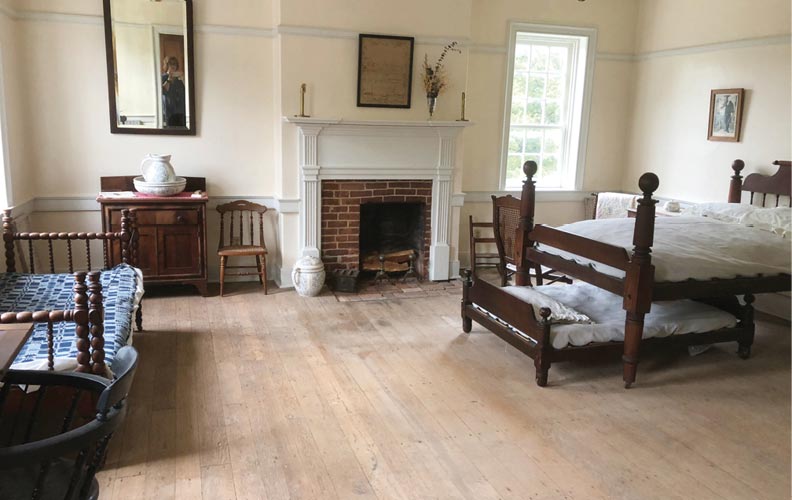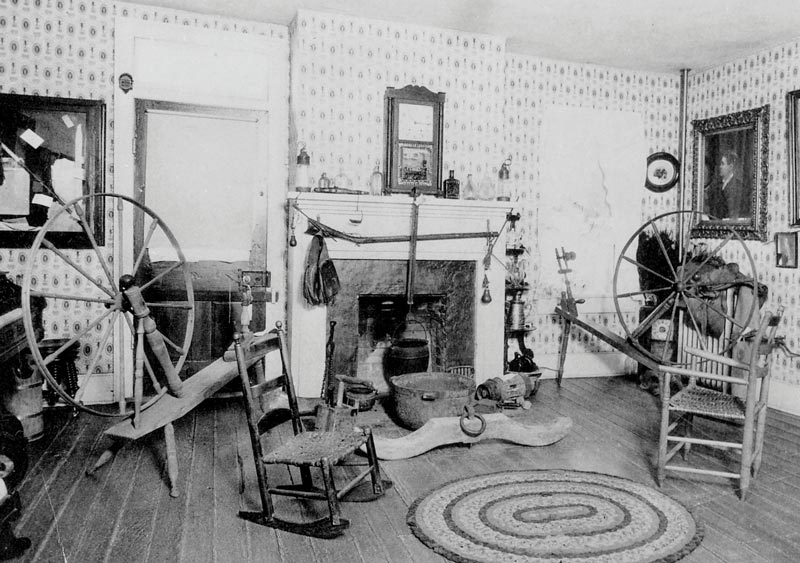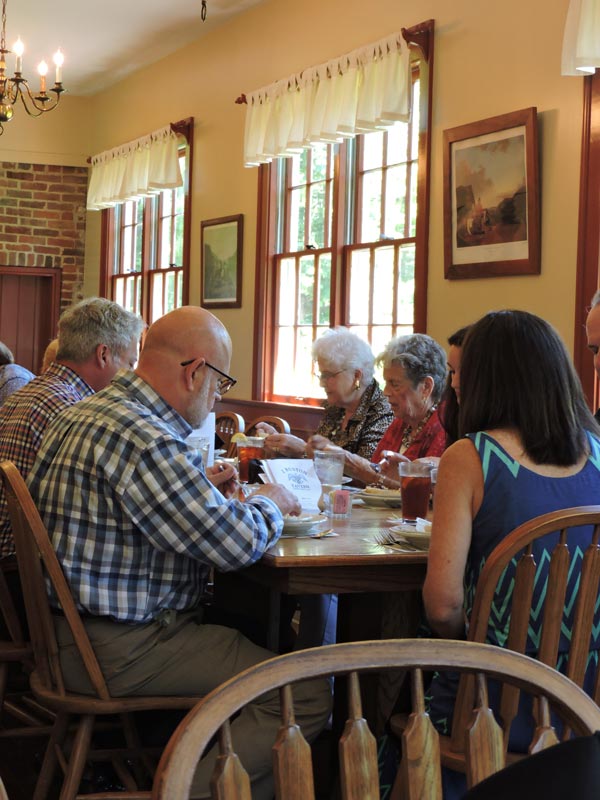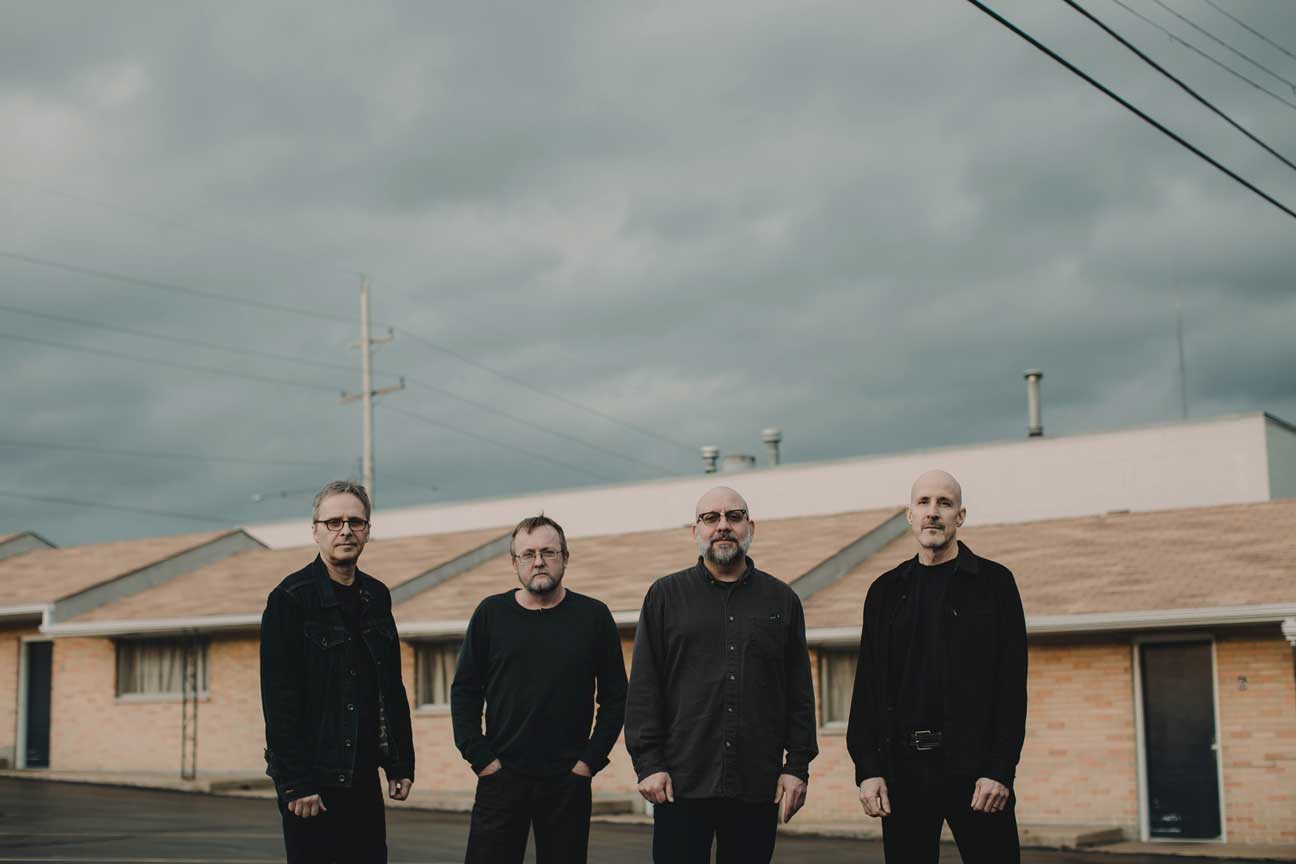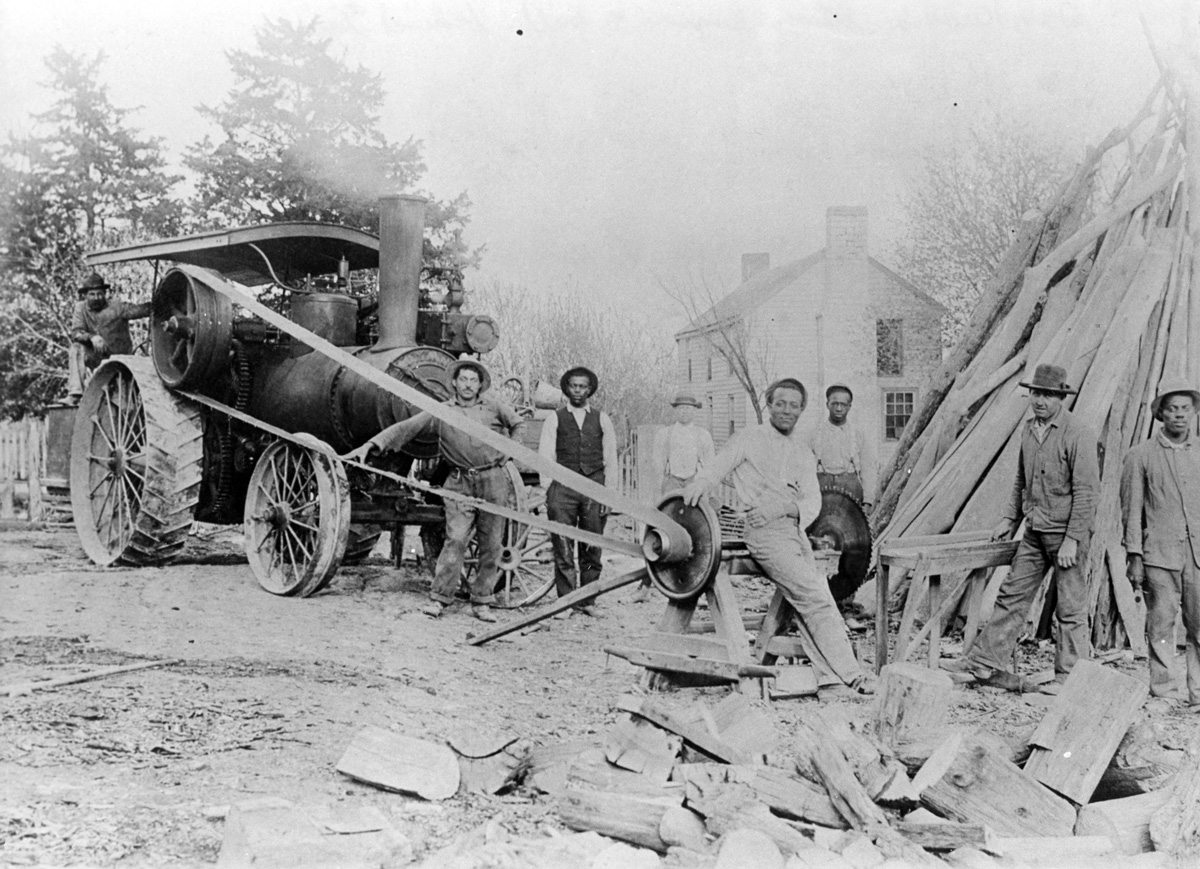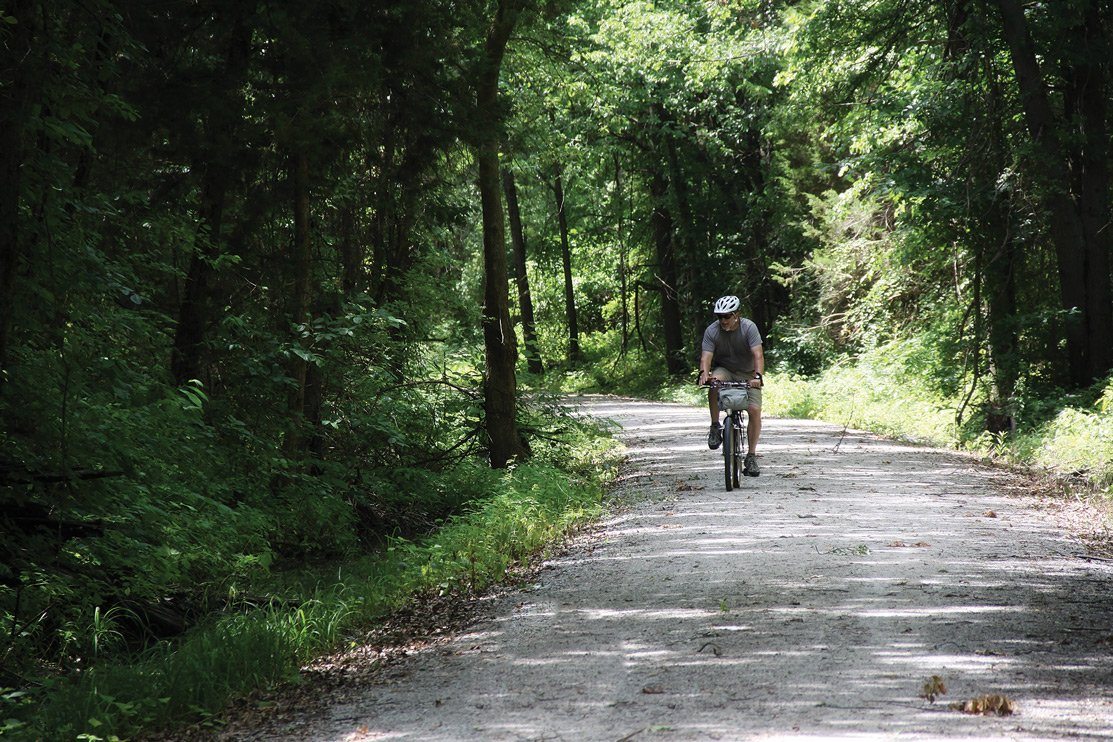This story first appeared in the March/April 2019 edition of Missouri Life magazine.
America’s story is a tale that runs through its taverns.
The American Revolution arose from taverns across the colonies as men, unhappy with the status quo, met and plotted to cast off the king’s control. After independence, taverns served as campaign headquarters for candidates and causes until radio and television brought the mudslinging into every living room. In early America, taverns were as ubiquitous as churches; every town had at least one.
In Arrow Rock, that tavern was owned by a man named Joseph Huston. A founding father of the town, he arrived in Missouri in 1819, and helped transform the settlement into a thriving village where the Missouri River and the Santa Fe Trail intersected.
In 1834, Huston built a new home for his family—a modest but comfortable two-story, four-room, brick structure—on Arrow Rock’s Main Street, but he recognized opportunity right outside his front door as thousands of travelers passed by on their way to the American West. He expanded his home with frame additions to provide accommodations. Today, we think of taverns strictly as drinking establishments, but in Huston’s time, a tavern was much more: a restaurant, bar, hotel, and community center. For two bits of Spanish silver coin (a common currency in the area, thanks to the Santa Fe trade), a weary traveler could get a hot meal and a place to sleep at the J. Huston Tavern.
The money came pouring in, two bits at a time, and by 1840, Huston was able to expand his tavern to include a mercantile and a second-floor ballroom.
“The ballroom was aptly named for the dances held there, accompanied by ‘first-class string bands,’ according to one 19th-
century source,” says Michael Dickey, administrator of the Arrow Rock State Historic Site.
The ballroom filled another need in desperate times, such as the cholera epidemics of 1849 and 1862, when the dance floor became a hospital ward.
“There is nothing which has yet been contrived by man, by which so much happiness is produced as by a good tavern or inn.” —Samuel Johnson
Despite the persistence of tall tales, neither Daniel Boone nor Kit Carson nor Abraham Lincoln nor Washington Irving ever spent time at Arrow Rock’s tavern. There is documentation confirming American Indian delegations visited while en route to Washington, DC, for treaty negotiations.
Two of Arrow Rock’s most influential men—Dr. John Sappington and artist George Caleb Bingham—frequented the business. Bingham even immortalized the building in his Election series of paintings. Sappington, who successfully marketed quinine pills to treat malaria, was a kingmaker in Missouri politics, and it’s likely he held court at the tavern, grooming candidates to promote his agenda. Two of his sons-in-law and a grandson served as Missouri governors.
Huston’s own family exerted lasting influence in Missouri. His son, Joseph Jr., founded Wood & Huston Bank, which continues to operate in six Missouri communities. The senior Huston supplemented his career as a tavern keeper with stints as the local justice of the peace, Saline County presiding judge, and Arrow Rock postmaster.
Joseph Huston sold his interest in the tavern for $2,500 in 1858 to John W. Levy, the first in a series of successive owners. It was fortuitous timing. The Civil War was brewing, and Arrow Rock’s economy was damned by association.
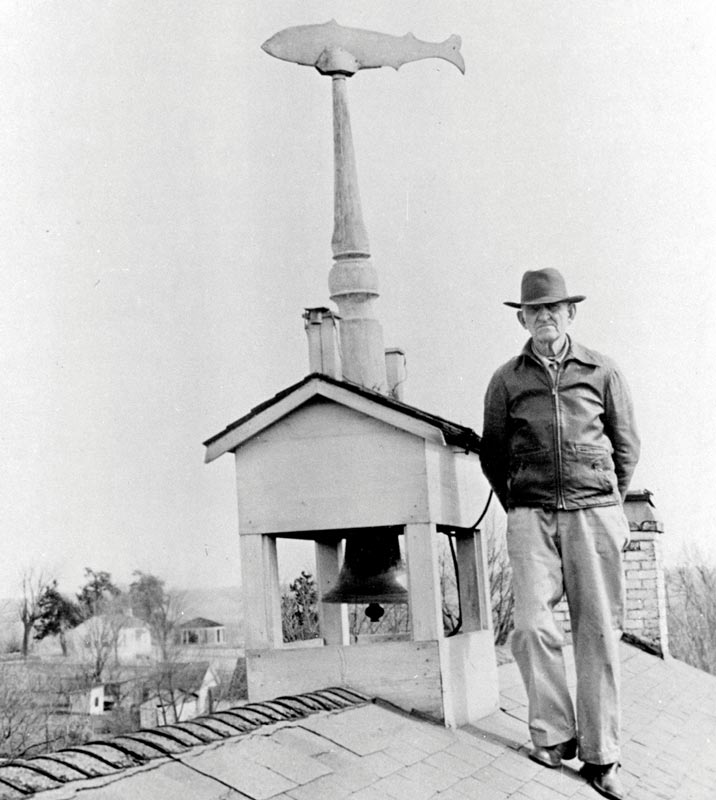
Troubled Times
The fertile cropland in the region and the town’s proximity to the river set up Arrow Rock for success and contributed to its downfall. The area was part of the Little Dixie region, settled by agriculturists from Kentucky and Virginia who brought their Southern way of life, including slavery, to their new home in Missouri. The plantations around Arrow Rock were primarily growing hemp. It was a labor-intensive crop that was useful in the South for making rope to tie cotton bales. Arrow Rock’s river port was busy exporting hemp and importing goods from trading partners in southern states. The town’s fortunes became intertwined with those of the South. Although Arrow Rock was spared a major Civil War battle, it did not escape the unrest and violence, and when the war was over, its lucrative trade business was gone.
The economic punches kept landing. A fire devastated much of the town’s business district in 1872 but spared the tavern and the other businesses on the south side of Main Street. Hopeful merchants rebuilt the destroyed buildings, only to watch them burn again in 1901. Townspeople abandoned Arrow Rock, and so did the Missouri River, which crept away, little by little, until it was more than a mile from the town that had relied on it for much of its prosperity. Even so, the days of river travel were coming to an end as railroads replaced riverboats.
At the turn of the 20th century, Arrow Rock was a ghost of the bustling town of 1,000 it had been before the war. Its buildings, including the stately tavern, were deteriorating. The tavern was still in business, but could it continue? Was there anyone who could save it?
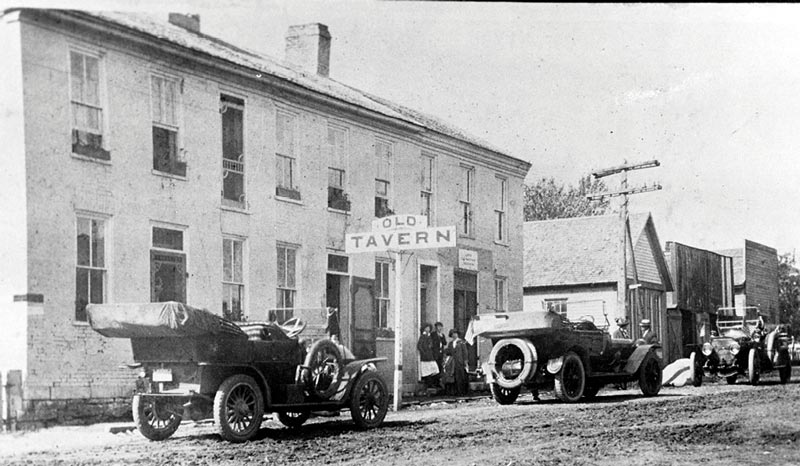
Women’s Work
Arrow Rock’s 19th-century history is inscribed with the names of men who shaped the town, but the 20th century belonged to Arrow Rock’s women.
With the introduction of the automobile, tourism became a burgeoning industry. Arrow Rock wanted its share of those tourism dollars, and the local women’s chapter of the National Old Trails Road Association set up a museum in the J. Huston Tavern to attract motorists tracing the route of the old Santa Fe Trail. The museum was filled with artifacts and oddities, few of which had anything at all to do with Arrow Rock, but that didn’t matter—the public was enthralled.
The little museum couldn’t generate enough money to halt the deterioration of the tavern building, though. That would require more money than local groups could raise alone.
“The Daughters of the American Revolution took a keen interest in the tavern because of its location on the Santa Fe Trail,” Dickey says. “The Missouri State Parks system was created in 1917, but no properties were added to the system until September of 1923. At the urging of the DAR, the state of Missouri purchased the tavern for $5,000, and named the DAR as ‘custodians’ of the building. The DAR at its national conferences promoted the tavern as a ‘motor mecca’ for travelers on the new national highway system. Not only was the tavern the first building in Missouri preserved with public funds, it was the first addition to the state parks system and could rightly be called the birthplace of heritage tourism.”
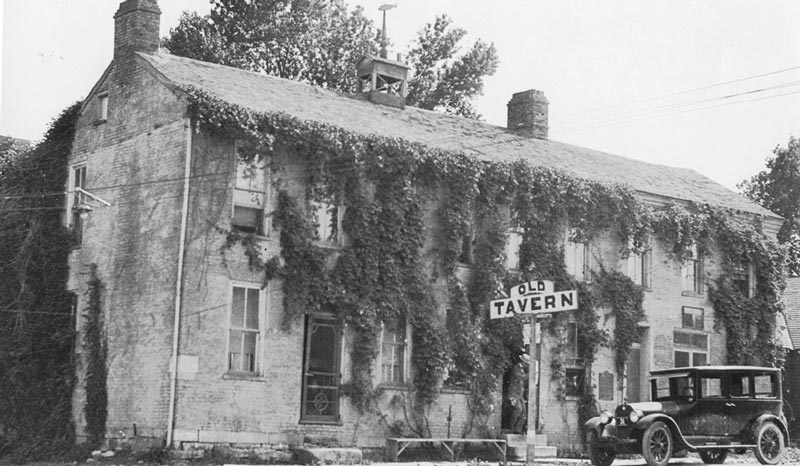
A Timely Transformation
The J. Huston Tavern and the pristine, state-owned parkland around it made a beautiful centerpiece for an otherwise blighted town. While the DAR was focusing its attention on the tavern, most other buildings in town suffered from neglect.
Henry Swanson, the founding director of the Arrow Rock Lyceum Theatre, described the town as it looked in 1955: “The population had declined to slightly over 100 and the town was essentially in the last stages of decay and disrepair. Area natives will claim that the figure is too high, but less than $10,000 would have purchased every piece of property in the town, excepting the [state] park, Miss Lucia’s house, and Bingham Turley’s place.”
The Daughters of the American Revolution stepped up again. Concerned members met with a representative of the National Trust for Historic Places and together they came up with the idea to spin off a new organization, one focused solely on restoring the old buildings in Arrow Rock and educating visitors about the town’s history. The Friends of Arrow Rock began on June 14, 1959, during a statewide DAR leadership meeting at the J. Huston Tavern.
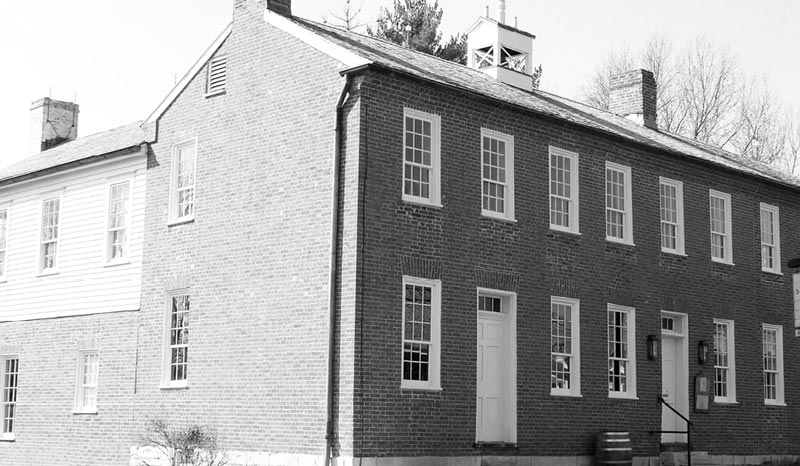
As managers of the J. Huston Tavern from 1923 until 1984, the women of the DAR witnessed an unusual transformation: Arrow Rock made progress by moving backward. A preservation movement that started with the restoration of the tavern gained momentum in the 1960s as the Friends of Arrow Rock and Missouri State Parks saved other buildings from the brink of destruction and gave them new life as museums and shops. History lovers bought up and fixed up old houses. A handful of visionary souls had the crazy notion of starting a theater and staging live productions with professional actors in the town’s abandoned Baptist church. In 1963, the entire village of Arrow Rock was designated a National Historic Landmark.
The tiny town, once on the precipice of oblivion, now attracts 150,000 visitors every year, coming to experience the rare air of a town from a different time. They visit its museums, take in a Broadway-caliber show at the Arrow Rock Lyceum Theatre, shop at the stores, hike the trails, and eat a meal at one of the local eateries, including the oldest continuously operating restaurant west of the Mississippi.
“The J. Huston Tavern was one of many such taverns that dotted the state in the early to mid-19th century,” Dickey says. “Very few of those structures remain, especially one that has continuously provided food service since its inception. The tavern was the centerpiece of town.”
And it still is.
You can no longer rent a room for the night at the tavern, and a meal will cost you quite a bit more than two bits—but the welcome is just as warm today as when Joseph Huston flung open the door to greet his first customers in 1834.
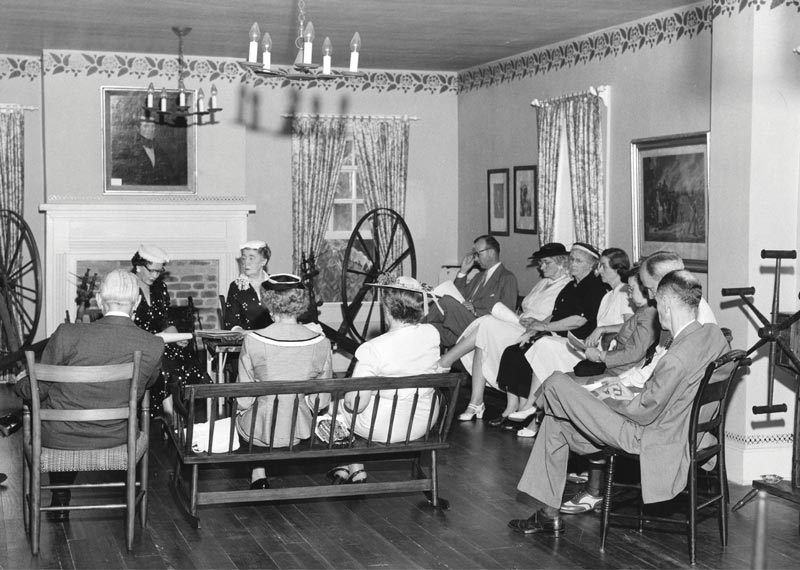
Friends Indeed
J. Huston Tavern Names a New Manager
The Friends of Arrow Rock has 60 years of experience in historic preservation, but its preservation mission has expanded in 2019. The nonprofit is now managing the J. Huston Tavern.
After the Daughters of the American Revolution gave up its longtime management of the tavern in 1984, Missouri State Parks contracted with private individuals and businesses to run it, eventually taking over the business for itself in 2013. Parks leaders discovered, though, that bureaucracy and hospitality don’t make a graceful match. The state needed a new partner.
Last October, Missouri State Parks and the Friends of Arrow Rock signed a cooperative agreement that entrusts the operation of the oldest continuously operating restaurant west of the Mississippi to the historic preservation group.
“Our organization is deeply committed to the preservation of Arrow Rock’s historic treasures and certainly the Huston Tavern is no exception,” says Chet Breitwieser, vice president of Friends of Arrow Rock. “Members of our board of trustees were united in their strong desire to keep the Huston Tavern operating, in addition to expanding hours, offerings, and hospitality.”
One thing that won’t change is the fried chicken, which has been a staple of the J. Huston Tavern menu since it opened in 1834. The new management team intends to honor the restaurant’s past by staying true to its tradition of serving wholesome, country fare.
For Friends of Arrow Rock, this new venture brings the organization full circle from its founding 60 years ago.
“Our organization actually began inside that building,” says Friends of Arrow Rock President Donna Huston, whose husband is a descendent of Joseph Huston. “We’re excited by the opportunity to keep the tavern going and look forward to continuing a 185-year tradition of good, home-style food and warm hospitality.”
This story first appeared in the March/April 2019 issue of Missouri Life magazine.
The J. Huston Tavern is open weekends in March and April, and will expand its hours of operation in May. Learn more at HustonTavern.com.
Sandy Selby is the executive director of the Friends of Arrow Rock, a nonprofit organization dedicated to historic preservation and history education.
Photos by Missouri Department of Natural Resources & Friends of Arrow Rock
Related Posts
St. Louis Rock Band Finn’s Motel Returns With Two New Records
“By the time I got done mixing and mastering everything that we started, it got done in 2017, so we put two albums out in the same year,” Joe says. “The reason these records got divided the way they did is that there were a handful of themes that seemed like they belonged over on this side and a handful that belonged on that side.”
Arrow Rock’s Hidden Black History
The National Historic Landmark Village of Arrow Rock Embraces its Diverse Past.
The Rock Island Trail Connects KC to the Katy
The Rock Island Trail, connecting the greater Kansas City area to Missouri’s Katy Trail system, is an experience to savor whether you are walking, cycling, or on horseback.

